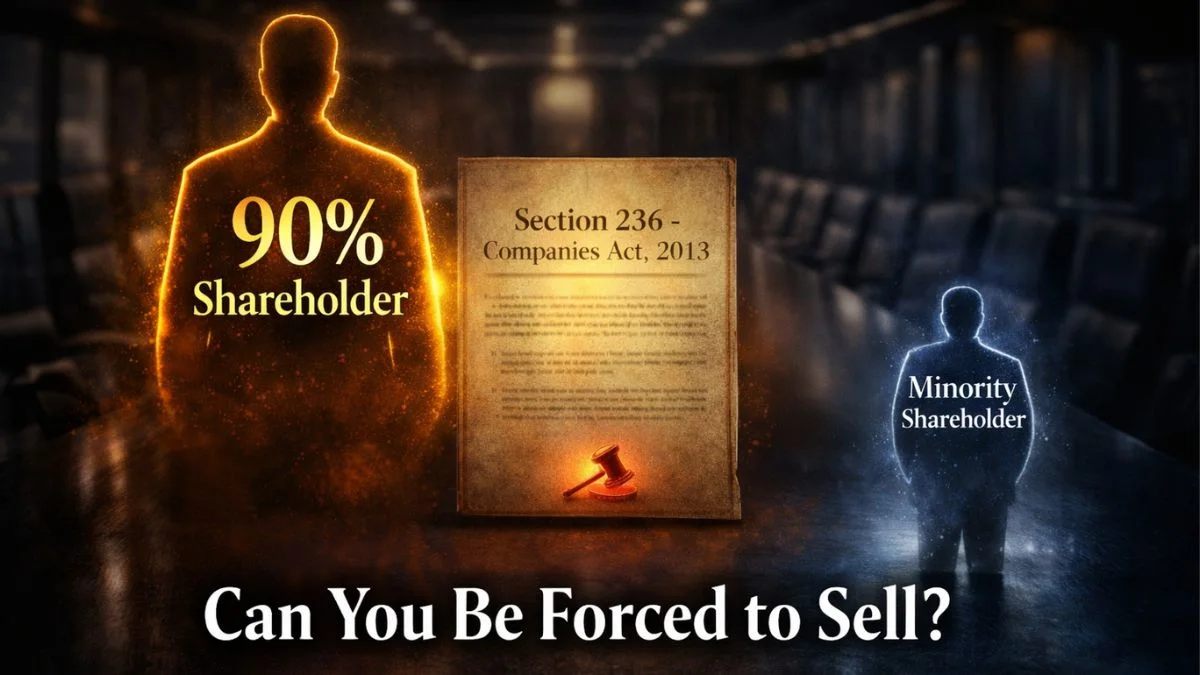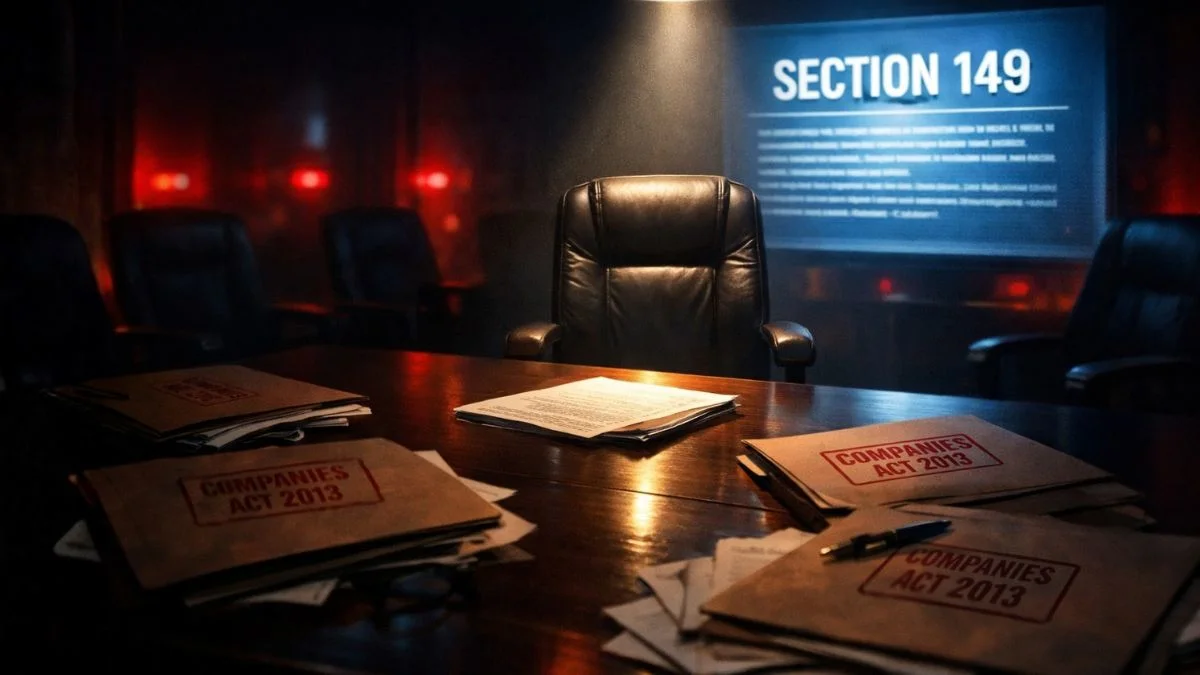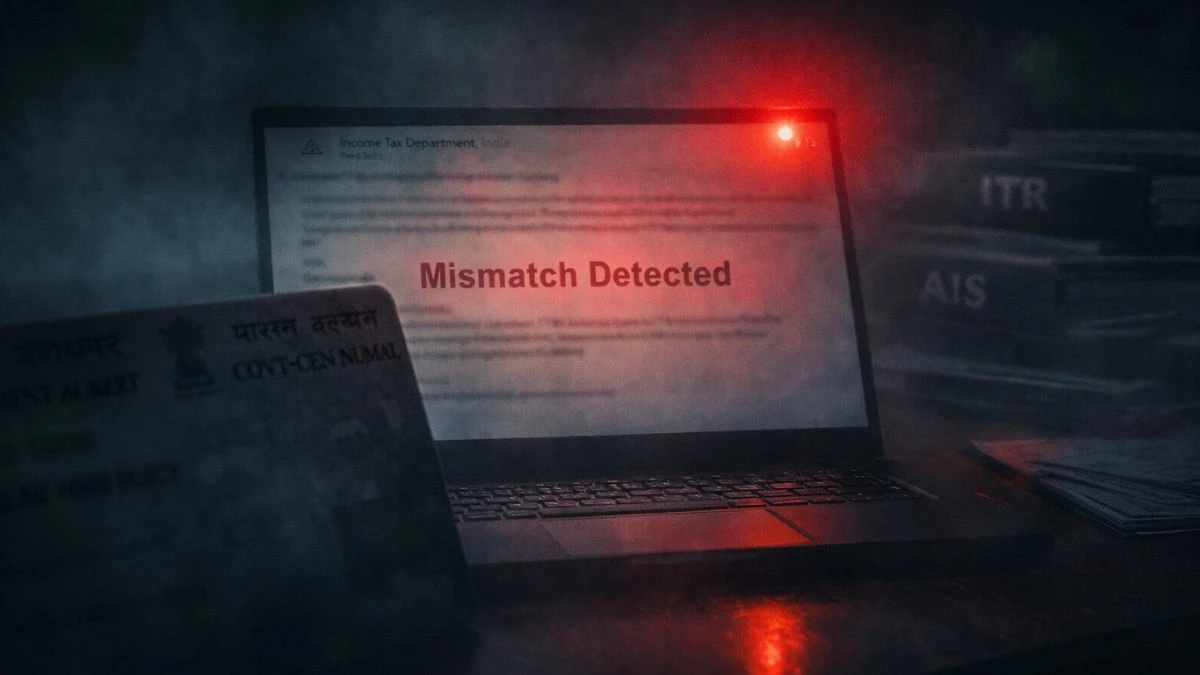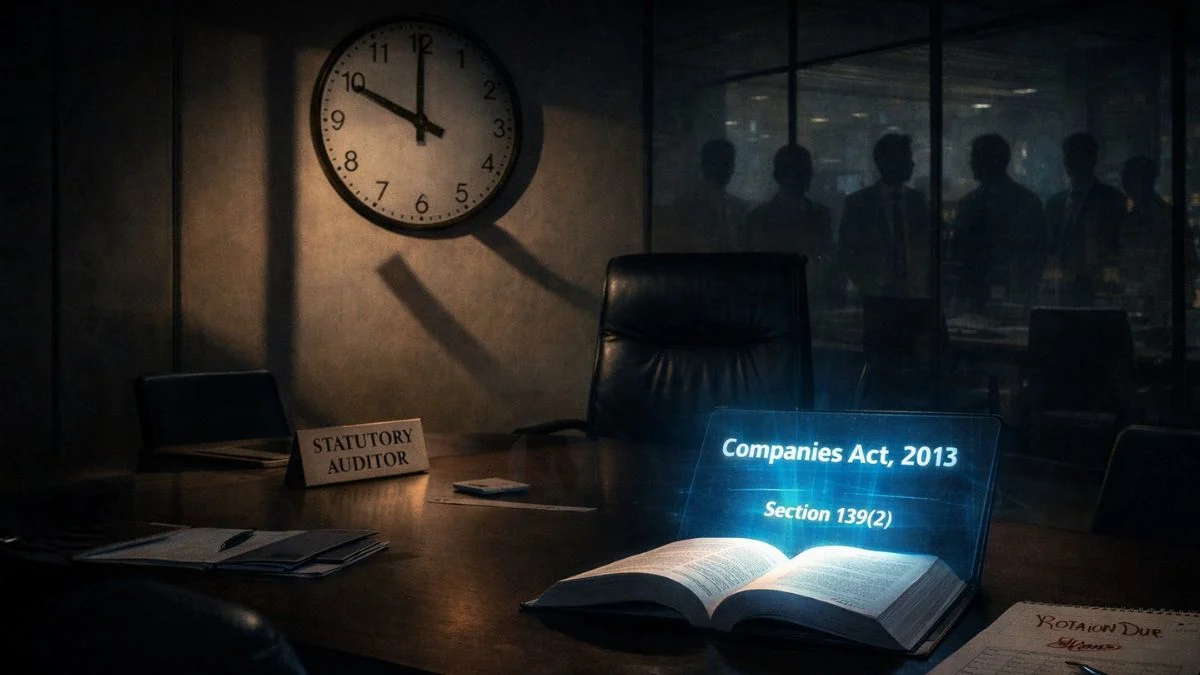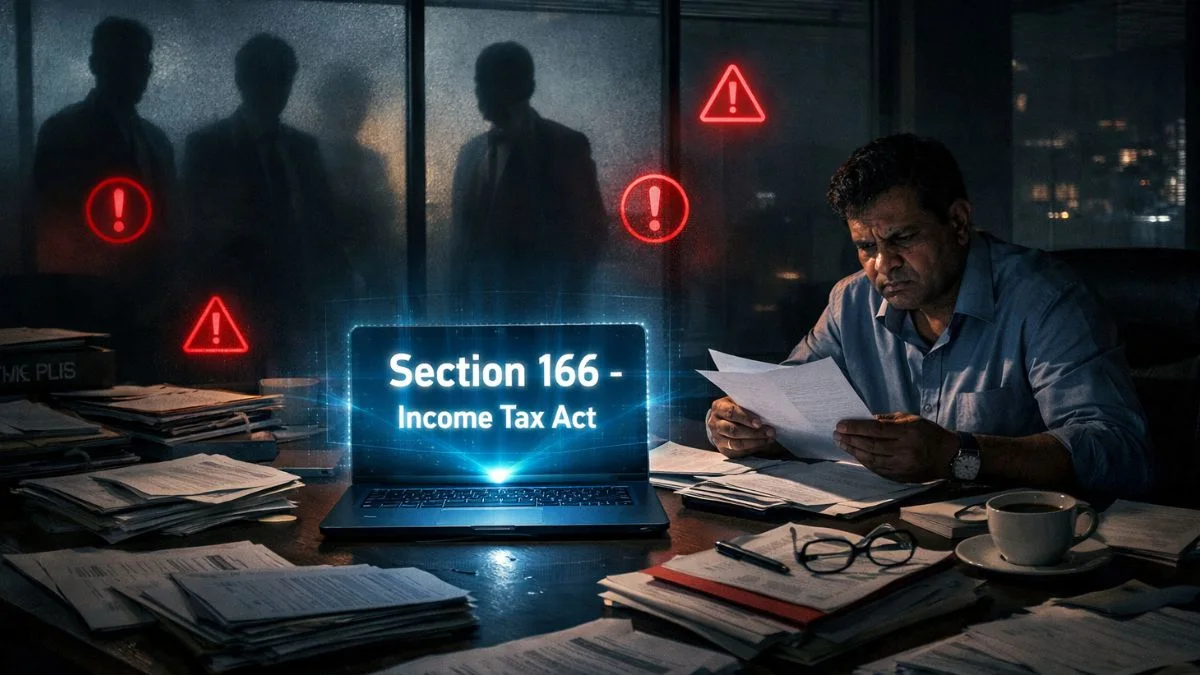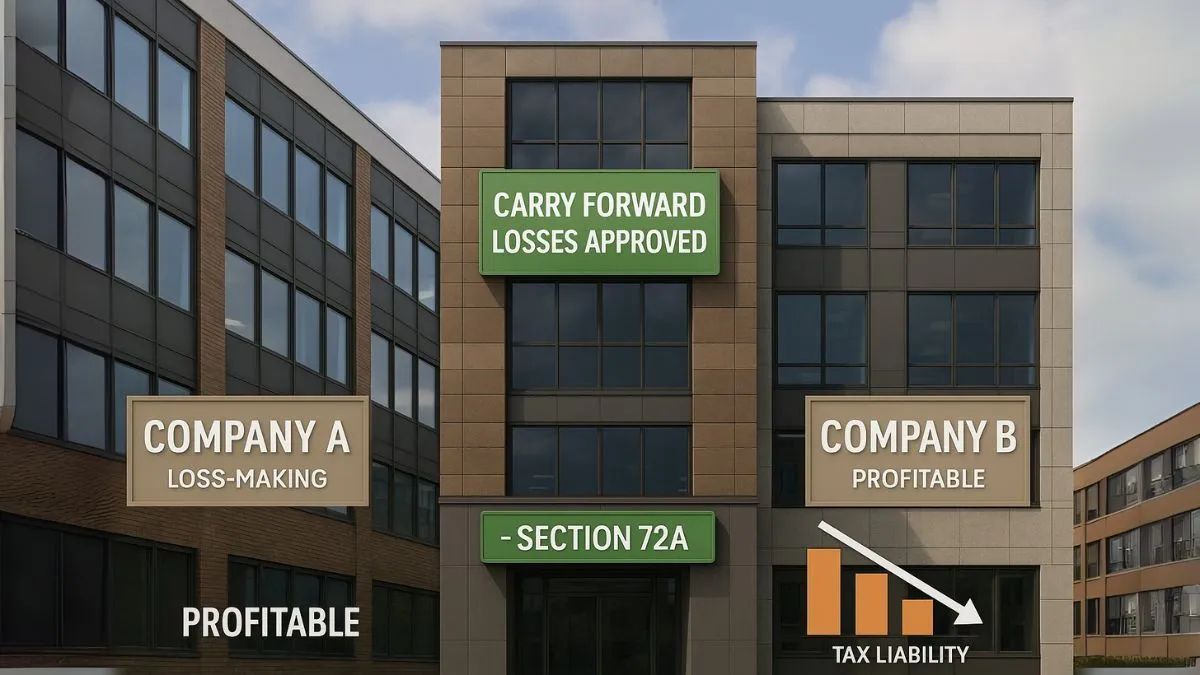
Corporate restructuring—be it through amalgamation, demerger, or merger—is not just a business strategy but also a tax planning opportunity. One such benefit comes from Section 72A of the Income Tax Act, which allows the carry forward and set-off of accumulated losses & unabsorbed depreciation in specific cases of mergers.
But this is not a blanket provision. There are conditions, restrictions, & timelines that entities must follow to claim benefits under this section.
Let’s decode the rules of Section 72A, understand its importance in mergers, & see how businesses can use it smartly without attracting scrutiny.
What is Section 72A of the Income Tax Act?
Section 72A provides relief to companies undergoing amalgamation or merger by allowing the carry forward of business losses & unabsorbed depreciation of the amalgamating company to the amalgamated company.
In short:
The acquiring company gets to use the tax losses of the target company, subject to certain conditions.
Why Was Section 72A Introduced?
The government recognized that many sick or loss-making companies could be revived if healthy companies were allowed to merge with them & utilize their tax losses.
Hence, Section 72A was introduced with a twofold objective:
- Promote the revival of financially distressed businesses
- Enable optimal utilization of tax benefits through strategic mergers & acquisitions
Conditions to Claim Benefits Under Section 72A
Not every merger qualifies for this benefit. The Income Tax Act lays down strict conditions to avoid misuse:
✅ Industrial Undertaking Criteria
The amalgamating company must be:
- An industrial undertaking
- Engaged in manufacturing, mining, electricity generation/distribution, etc.
✅ Continuity of Business
The amalgamated company must:
- Hold at least 75% of the book value of fixed assets of the amalgamating company for a minimum period of 5 years
- Continue the business of the amalgamating company for at least 5 years
✅ Employment Norms
The amalgamated company must ensure that at least 75% of the employees of the amalgamating company are continued in service for a minimum of 1 year.
✅ Board Approval & Certification
A positive recommendation from the specified authority (now the Principal Commissioner/Commissioner) is essential to claim the benefit."
Applicability of Section 72A
Here’s when Section 72A can be used:
|
Situation |
Eligible for 72A |
|
Amalgamation of a sick industrial unit |
✅ Yes, with conditions |
|
Amalgamation for mere tax gain |
❌ No |
|
Amalgamation of banking companies |
✅ Yes, under Section 72AA |
|
Demerger of business units |
❌ No (Handled under Section 72AB) |
Carry Forward & Set-off of Losses
The key benefits available under Section 72A include:
- Carry forward of accumulated business losses (as per Section 72)
- Set-off of unabsorbed depreciation (as per Section 32(2))
These can be adjusted against future profits of the amalgamated company just like its own losses, subject to:
- Normal 8-year limit for business losses
- No time limit for unabsorbed depreciation
Example to Illustrate Section 72A
Let’s say:
- Company A (amalgamating company) has accumulated losses of ₹8 crore & unabsorbed depreciation of ₹2 crore.
- Company B (amalgamated company) merges with Company A & complies with all conditions under Section 72A.
Now, Company B can claim the combined ₹10 crore in tax set-offs against its future profits, thereby reducing its tax liability substantially.
Common Mistakes to Avoid
❌ Merger with non-industrial units—Not eligible under Section 72A
❌ Failure to comply with asset holding/employment continuation rules
❌ No prior approval from the specified authority
❌ Misuse of the provision for the sole purpose of tax avoidance"
FAQs on Section 72A
Q1. Is approval from any authority required under Section 72A?
✅ Yes, approval from the Principal Commissioner or Commissioner of Income Tax is mandatory.
Q2. Can a company merge solely for tax advantages under Section 72A?
❌ No, the merger must be genuine & not for tax avoidance.
Q3. Are banking companies also covered under this section?
🟡 Banking companies are covered under Section 72AA, not 72A.
Q4. How long can the losses be carried forward after amalgamation?
🟢 Business losses for 8 assessment years, but no time limit for unabsorbed depreciation.
Q5. Does Section 72A apply to demergers?
❌ No, demergers are governed separately under Section 72AB.
Conclusion
Section 72A of the Income Tax Act is a powerful incentive for companies looking to restructure & revive loss-making entities. When done right, it not only leads to financial turnaround but also provides substantial tax savings.
However, compliance is key. One small mistake—like missing an asset or employment continuity—can lead to disqualification from benefits.
👉 Planning a corporate merger or revival? Don't miss out on massive tax benefits under Section 72A. Our experts at Callmyca.com help you unlock carry-forward relief & ensure full compliance. Schedule your free strategy call today—before your tax breaks slip away!

